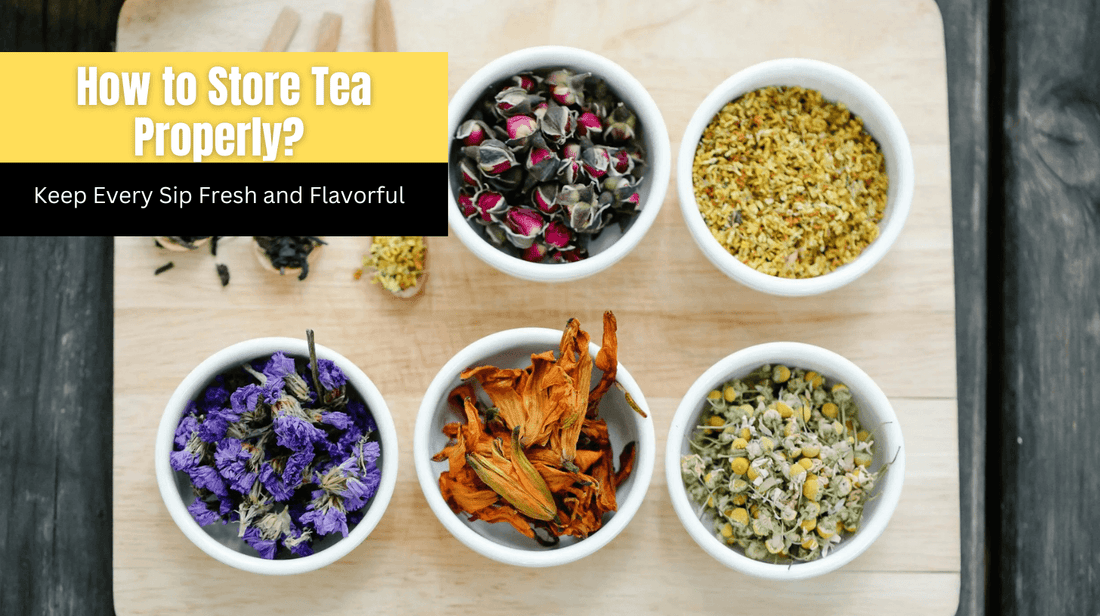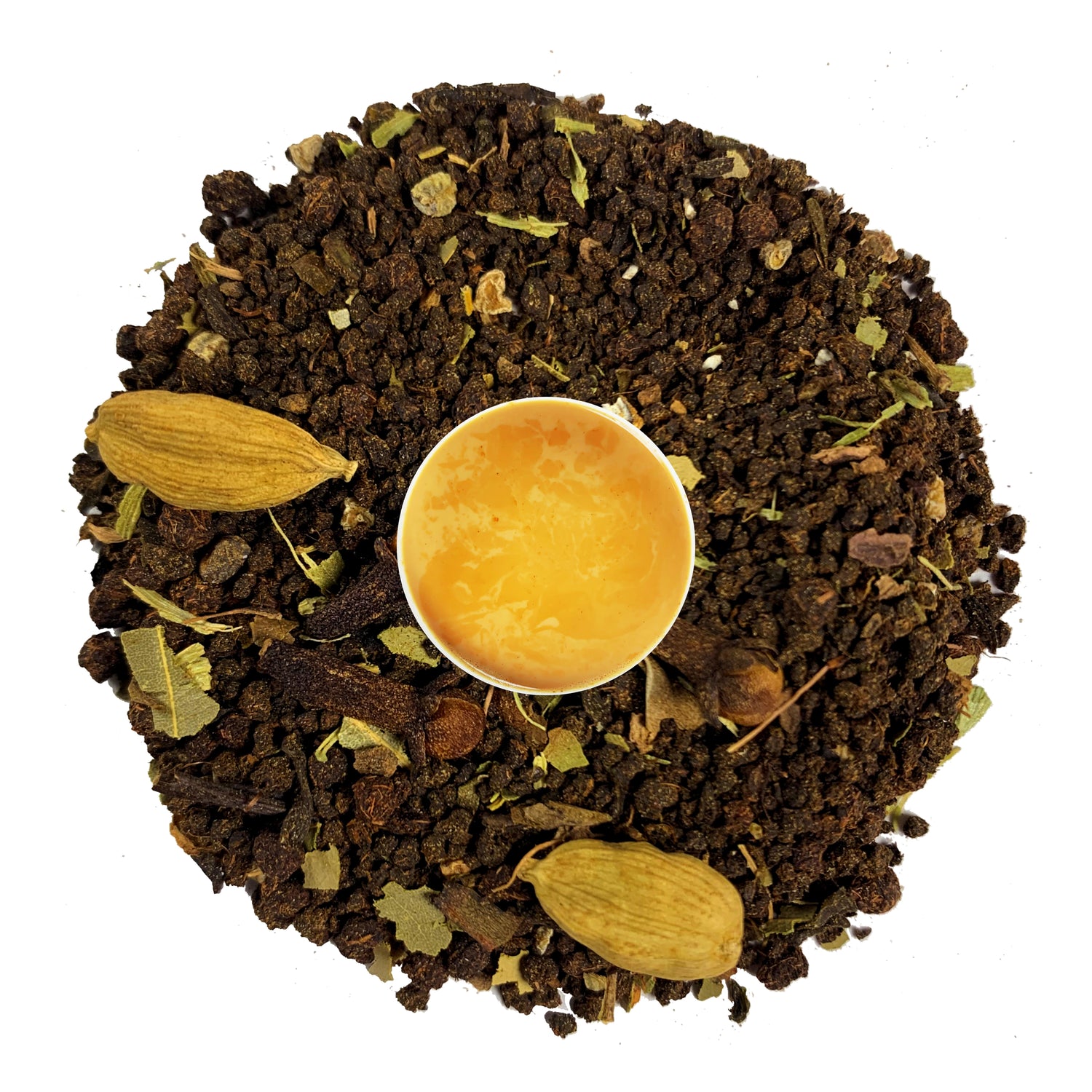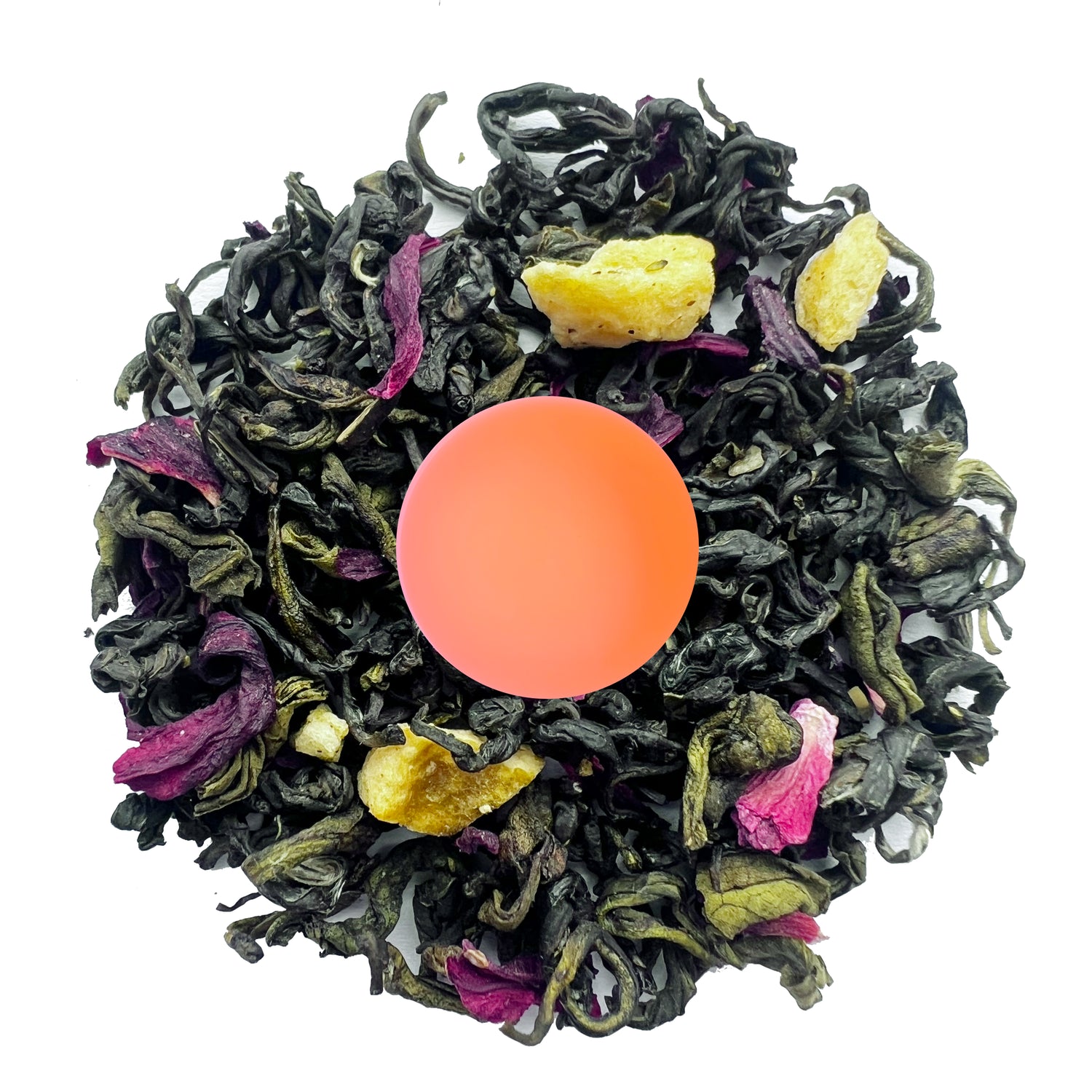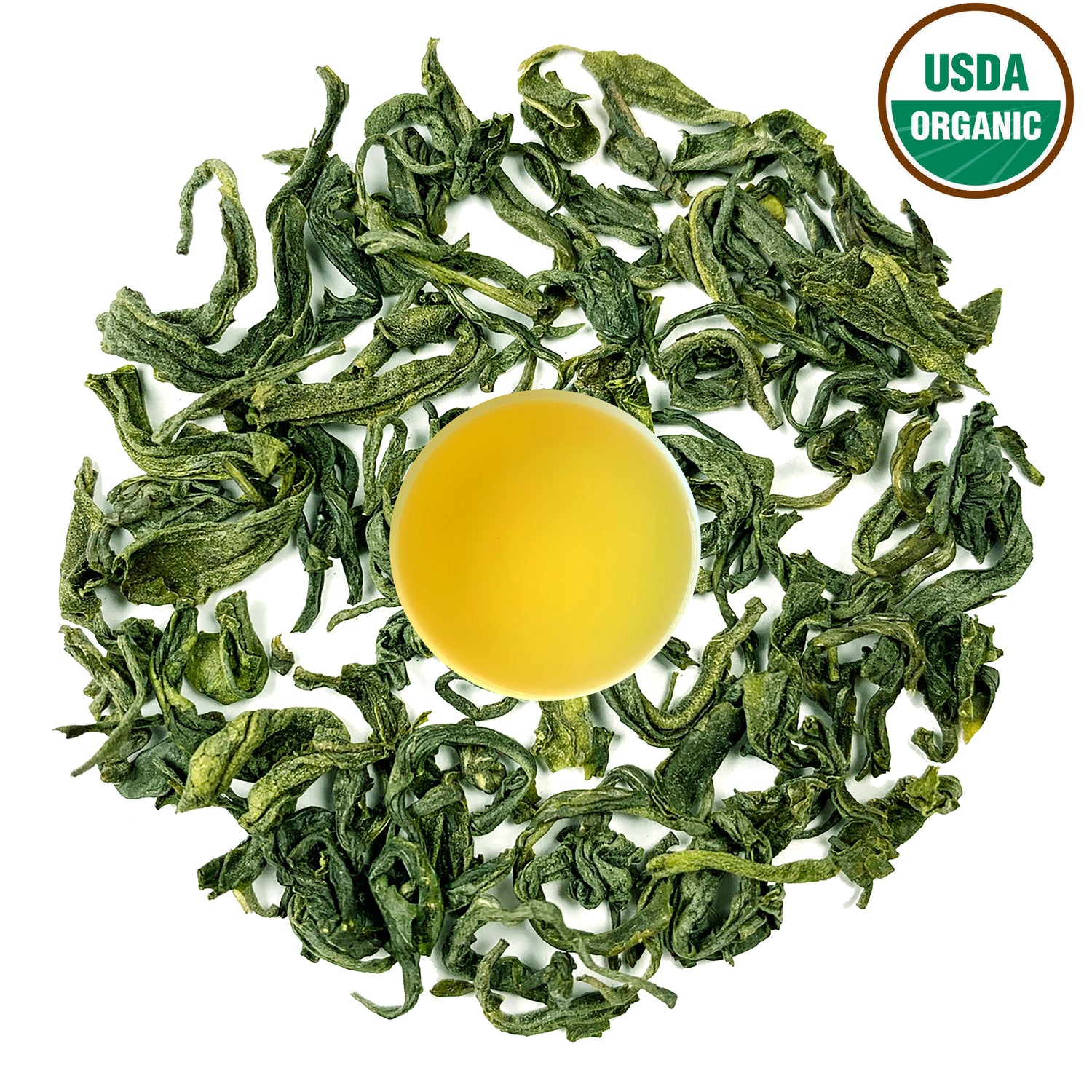
How to Store Tea Properly? Keep Every Sip Fresh and Flavorful
Why Tea Storage Matters
Imagine buying a beautiful loose leaf tea with hints of rose, honey, and spice... only to brew it a month later and taste something that resembles wet cardboard. Tragic, right?
Tea, just like your favorite fancy chocolate or fine wine, needs a little TLC when it comes to storage. Whether you are a casual tea sipper or a full-on tea connoisseur with a kitchen drawer that looks like a tea apothecary, storing tea properly ensures every cup remains a soul-hugging experience.
Let’s dive into the secrets of keeping your tea fresh, flavorful, and absolutely slurp-worthy!
1. The Four Enemies of Fresh Tea
Before you figure out how to store tea, it’s important to know what you're up against. Your tea has four natural enemies: air, light, moisture, and heat.
Here’s why they matter:
- Air: Oxidation is tea’s worst nightmare. Exposure to air makes tea lose its delicate flavors and aromas.
- Light: UV rays can break down the chemical compounds that give tea its flavor and health benefits.
- Moisture: Tea leaves are basically little sponges. Moisture can cause mold (eww) and make your tea taste stale.
-
Heat: Heat speeds up chemical reactions that degrade tea. Save the heat for when you actually brew it!
Pro Tip: If you remember high school science class (or tried to block it out), think of tea like a moody teenager — easily influenced and very sensitive to its environment.
2. Best Containers for Tea Storage
Your flimsy, crinkly, original packaging? Cute, but not ideal for long-term storage.
Here’s what your tea really wants to live in:
- Opaque Containers: Say no to see-through jars. Light exposure is a flavor killer.
- Airtight Tins or Jars: Look for containers that seal tightly to block air and moisture.
-
Non-porous Materials: Stainless steel, ceramic, or food-grade plastic work best. Avoid wood unless it’s treated — you don't want your jasmine tea tasting like a lumberyard.
If you want bonus points: Use separate containers for different teas to avoid flavor mixing. Trust me — nobody wants their delicate white tea picking up a whiff of your smoky Lapsang Souchong.
3. Where to Store Your Tea
You might be tempted to show off your tea collection like a trophy shelf. Resist.
The best places to store tea:
- A cool, dark cabinet (preferably one away from the oven or dishwasher)
- A closed pantry
-
A drawer dedicated just to tea
The worst places:
- On your kitchen counter (too much light and heat)
- In the fridge (moisture magnet!)
-
Next to spices (tea is very absorbent, and suddenly your green tea smells like garlic powder)
Remember: Tea storage is all about stealth and protection. Treat it like a secret treasure.
4. How Long Does Tea Stay Fresh?
Here’s the truth bomb:
- Loose Leaf Tea: Best within 6–12 months of purchase if stored properly.
-
Tea Bags: Around 12–18 months — thanks to extra processing and packaging.
That said, "expired" tea doesn’t become toxic. It just becomes… boring. And who has time for boring tea?
Quick Tip: If the tea looks dull, smells faint, or brews up with a flat taste, it’s probably past its prime.
5. Special Storage Tips by Tea Type
Because not all teas are drama queens in the same way, here’s how to treat different kinds:
- Green and White Teas: Super sensitive. Store in an airtight container and drink within 6 months.
- Oolong Tea: A little hardier. Can survive 8–12 months.
- Black Tea: The tough cookie of the group. Good for up to 18 months.
-
Herbal Teas: Varies based on ingredients. Generally about 1 year.
Some aged teas like Pu-erh are exceptions — they can improve with age if stored correctly (cool, dark, well-ventilated).
6. Common Tea Storage Mistakes to Avoid
Even seasoned tea lovers make these mistakes:
- Using clear glass jars: Gorgeous? Yes. Smart? Nope.
- Keeping tea near spices: Nobody asked for cinnamon-flavored matcha.
- Leaving tea bags in the original cardboard box: They’re only half protected.
-
Opening and resealing poorly: Half-closed packages = quick death to flavor.
Moral of the story: Protect your tea like it’s the last pack on Earth.
7. Bonus: How to Revive Stale Tea (Sort of)
If you find a forgotten tea stash that smells a little… uninspired, don’t panic.
While you can’t totally bring it back to life, you can:
- Use it in tea-infused baking (tea-flavored cookies, cakes, etc.)
- Cold brew it — sometimes cold brewing teases out lingering flavors.
-
Mix it with fresher tea to stretch the flavor a little longer.
Related Reads
- Breathe Easy: The Best Teas for Lung Health, Detox, and Respiratory Relief
- The Best Teas to Enjoy During Pregnancy
- Teas for Better Sleep During Your Period
- The Ultimate Herbal Tea Comparison: Is Hibiscus the Winner?
- Matcha vs Green Tea: Why Green Tea is the Smarter Brew for Men’s Health
- Power, Calm & Clarity for Men: The Ultimate Guide to the Best Teas
Ready to upgrade your tea game?
If you love your tea (and we know you do!), treat it right. Start by investing in proper containers, picking the right storage spots, and checking in with your tea stash every now and then.
Looking for fresh, high-quality teas to stock up on?
Explore Our Premium Tea Collection Today at Danfe Tea
FAQs
Q1: Can I store tea in the fridge or freezer?
A: Generally, no. The fridge is moist, and moisture is tea’s arch-nemesis. Only certain aged teas (like Pu-erh) might need special cold storage.
Q2: Should I keep tea in its original packaging?
A: Only if it's resealable, airtight, and opaque. Otherwise, transfer it to a better container.
Q3: Can expired tea make you sick?
A: Not usually. Old tea just loses its flavor and aroma but won't harm you unless it has mold (in which case, toss it!).
Q4: How can I tell if tea has gone bad?
A: Look for signs like a musty smell, faded color, or a flavor that’s as exciting as a wet sponge.










